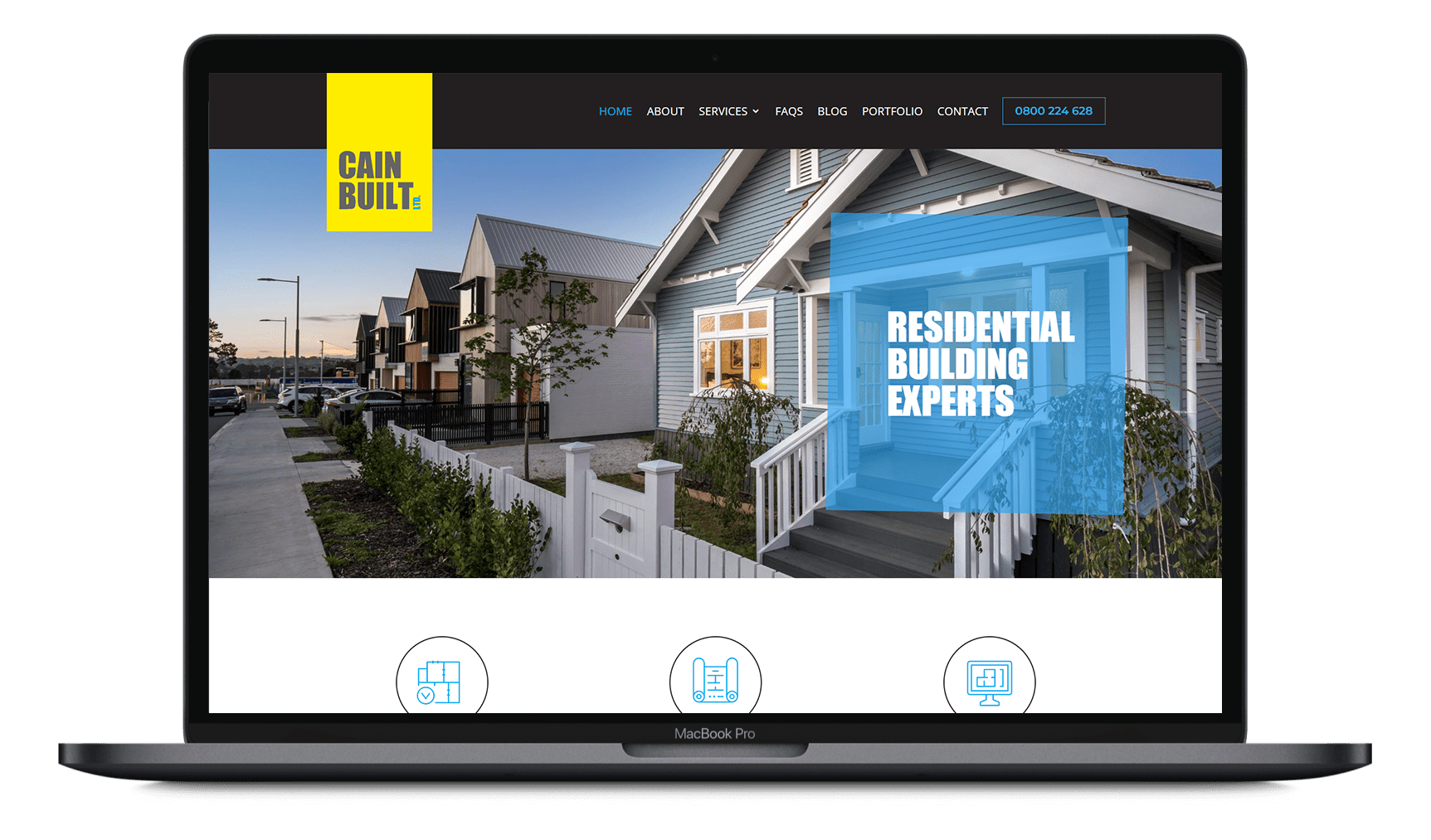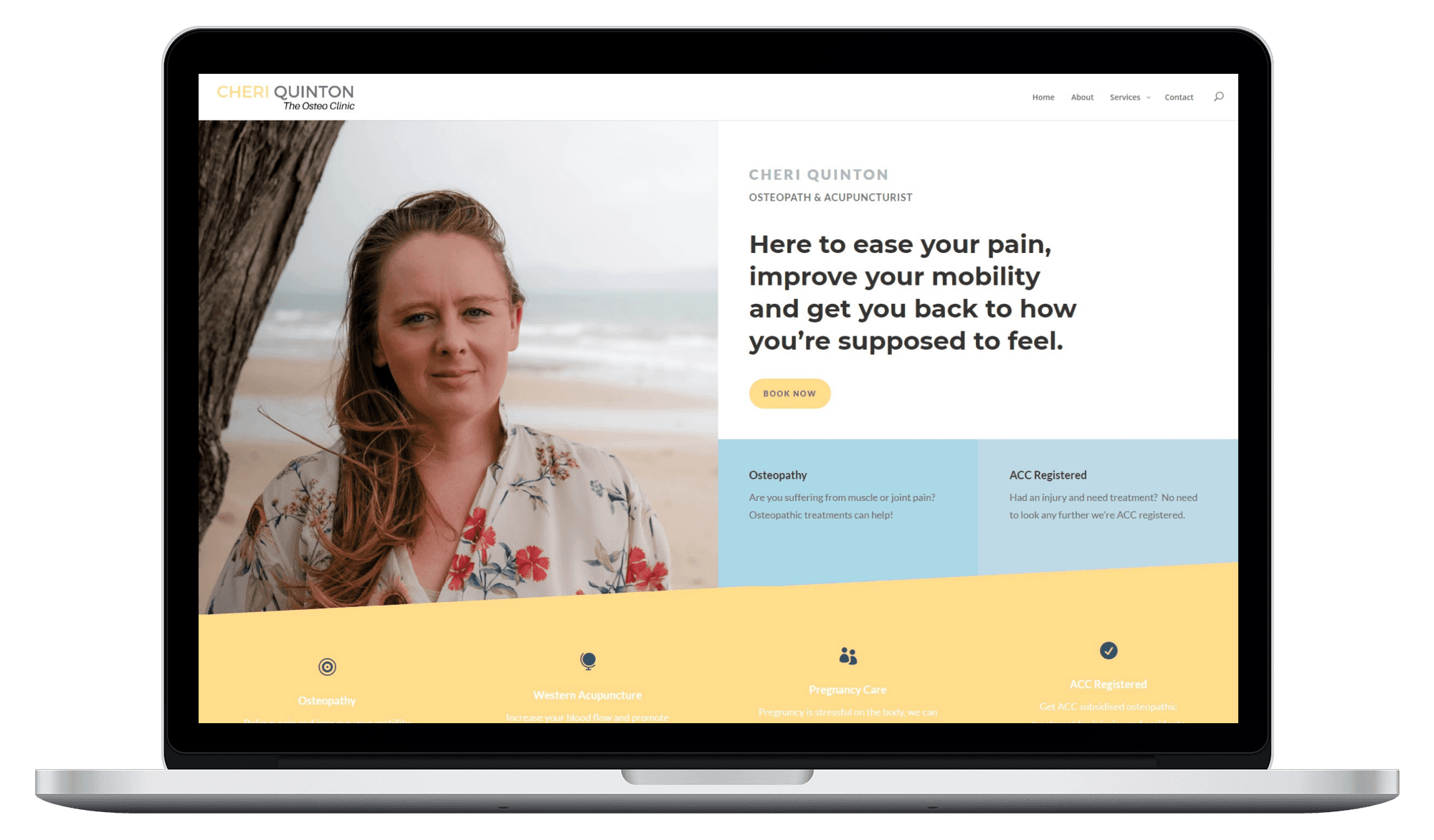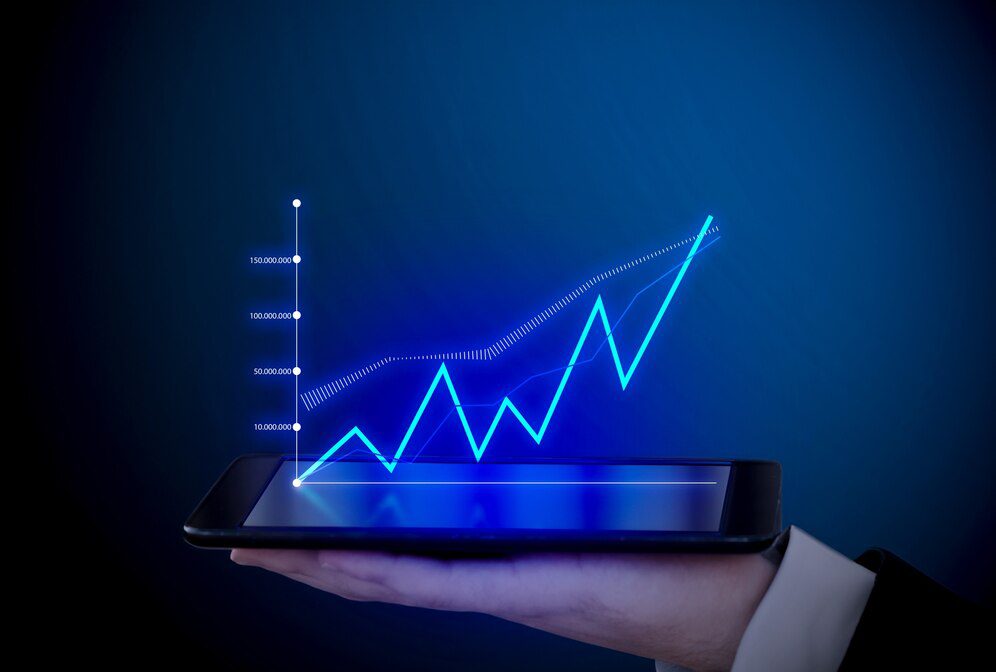Introduction
Everyone who’s ever been moved by an advertisement to make a purchase or take action knows that there’s a powerful, often unseen force at work: emotion. But what are the mechanics behind this force, and how does it really influence us? Let’s take a deep dive into emotional triggers in ad copy.
Emotional Triggers
Definition
Emotional triggers are events or experiences that evoke a strong emotional reaction. In advertising, they’re carefully crafted messages or elements designed to tap into consumers’ emotions, influencing their perception, decision-making process, and, ultimately, their behaviour.
Importance in Advertising
Why does emotion matter in advertising? It’s simple: we humans are emotional creatures. Our decisions are often guided more by our feelings than our logic. When we connect emotionally with an advertisement, we’re more likely to remember the brand, share the ad, and even make a purchase.
Types of Emotional Triggers
Emotional triggers come in many forms, each with its own unique impact.
Happiness
Advertisements that trigger feelings of joy, happiness, or humour can create positive associations with a brand. They can make us smile, laugh, or even cry tears of joy, and these positive emotions can drive us to take action.
Fear
Fear-based ads play on our insecurities and anxieties. They push us to buy a product or service to avoid a potentially negative outcome. While this can be controversial, it can be highly effective when done right.
Desire
Ads that tap into our desires and aspirations can be compelling. Whether it’s the desire for success, acceptance, or love, these ads promise to fulfil our deep-seated wants if we use their product or service.
Sadness
Advertisers also use sadness as an emotional trigger. Ads that make us empathize with a character or a cause can spur us to take action, often through donations or support.
Trust
Trust plays a crucial role in advertising. Ads cultivating trust can lead to long-term customer relationships, resulting in brand loyalty and repeat purchases.
Using Emotional Triggers
How to Use Emotional Triggers
Creating an ad with emotional triggers involves deeply understanding your target audience’s values, needs, and emotions. Craft your message in a way that connects with these emotions, all while keeping your brand promise in mind.


































